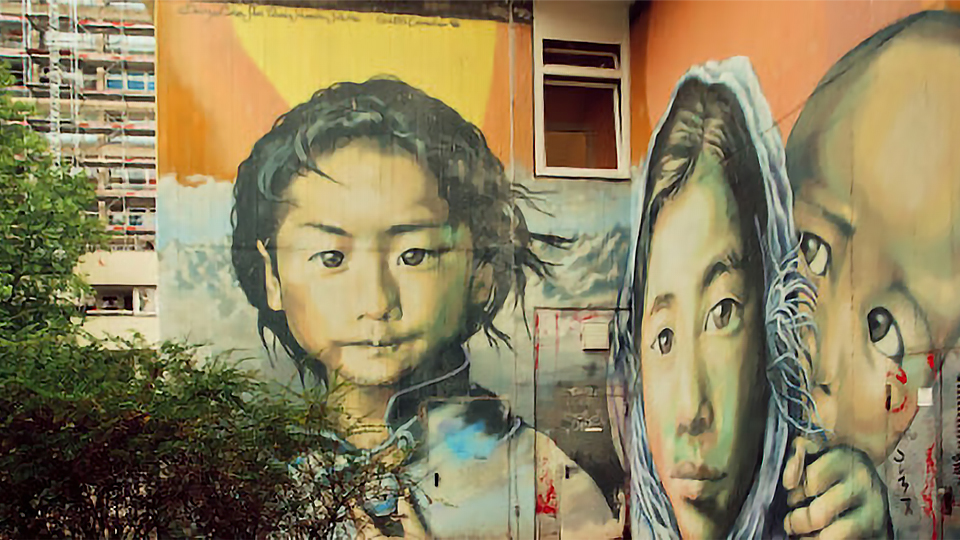The 2020 report of the Danish Refugee Council (DRC) focuses on urban frontlines
In the 2020 edition of its annual flagship publication, the Mixed Migration Centre (MMC) of the Danish Refugee Council (DRC) focuses on mixed migration and cities as the urban frontlines for displacement and mobility.
In an updated ‘normalisation of the extreme’ section, the Review also documents how migration policies, actions and attitudes are becoming more and more extreme, and how in 2020 Covid-19 was sometimes used as a pretext to justify this “new normal”.
In a year which will forever be defined by the Covid-19 pandemic, the new Mixed Migration Review 2020 (MMR) includes ample focus on the relation between cities, migration and Covid-19.
When it comes to migration, the pandemic has had three new consequences, different from previous pandemics:
- a concentration in migrant districts of cities in the global north;
- modern history’s largest urban to rural return migration across the world – more out of fear of the economic effects of lockdowns than the virus itself;
- desperate situation for migrant workers in cities all over the world, who are particularly vulnerable to lockdowns and economic closures and often unable to access needed health services.
“The Covid-19 crisis is far from over. At the onset of the pandemic, not many could predict how exactly it would impact refugees and migrants around the world. In some places, the pandemic has been a driver of migration, leading to increased movements. In other places, movement restrictions to contain the virus brought mixed migration to a standstill, with millions of people stranded all over the world”, says Bram Frouws, head of the Mixed Migration Centre in Geneva.
The experiences of refugees and migrants in cities are at the heart of the MMR, based on thousands of interviews conducted through MMC’s 4Mi global data collection programme. Refugees and migrants explain why they stop in cities, which cities are the most dangerous ones, which major risks they are exposed to and how they were affected by the Covid-19 pandemic. In addition to the data, the report also includes the individual, human stories of refugees and migrants in cities as diverse as Bamako, Bogota, Kuala Lumpur, Nairobi, Tehran, Tunis and Turin.
“The majority of the world’s refugees and displaced people live in cities. Cities can provide great opportunities for refugees and migrants, but also expose them to risks. The important stories in this report, from refugees and migrants interviewed in various cities, speak of these very diverse experiences of people in cities, and all the twists and turns they experience during their journeys”, says Charlotte Slente, Secretary General of the Danish Refugee Council.
Cities are the urban frontlines of displacement and mobility, whether people on the move pass through them in transit or settle in them for the longer term, as many refugees and migrants do. While migration policies – increasingly characterised by ideologically driven and securitized approaches – are discussed and designed at national levels, the reality of mixed migration is explicitly local and urban.
“International migration is predominantly an urban affair. Cities are the first responders for people on the move, whether in transit or settling more permanently. We see many cities around the world that, whether for ethical or pragmatic reasons, or both, adopt more welcoming and progressive approaches to migration and integration issues. There is a lot we can learn from how cities increasingly cooperate on migration policies and responses across borders, so they should be given a greater voice in migration and refugee policies at national and global levels”, Bram Frouws adds.
The report also discusses climate change, migration and cities, noting that two-thirds of the world’s megacities are in regions vulnerable to the impact of climate change, many of them with sizable populations of refugees and migrants.
“Our essay on climate change is a clear call for action. It is a bitter irony that many of those who feel the impacts of climate change and other environmental factors first migrate to cities within their countries, yet those same cities are also increasingly exposed to climate threats”, says Bram Frouws.
Link REPORT
by Christian Elia

